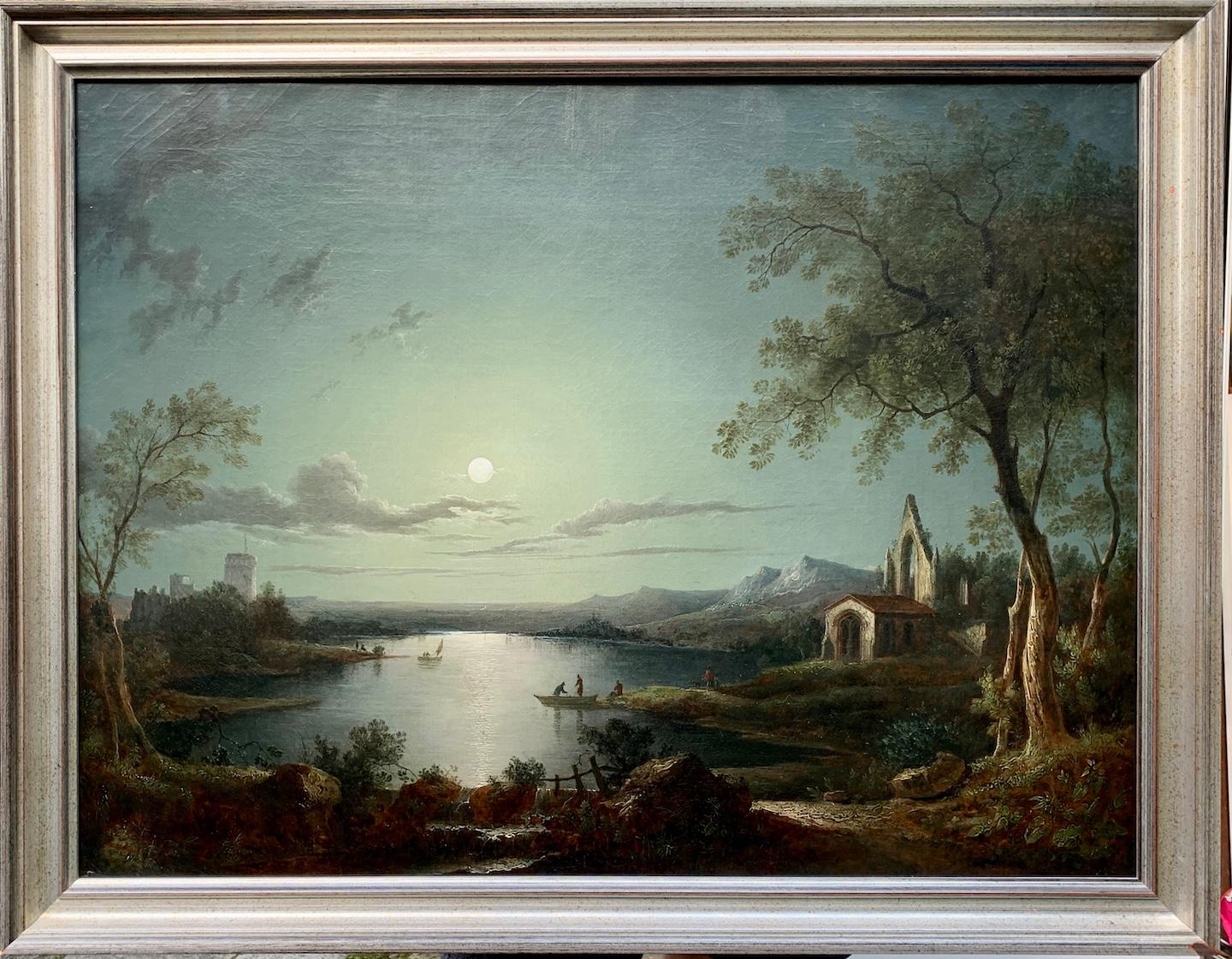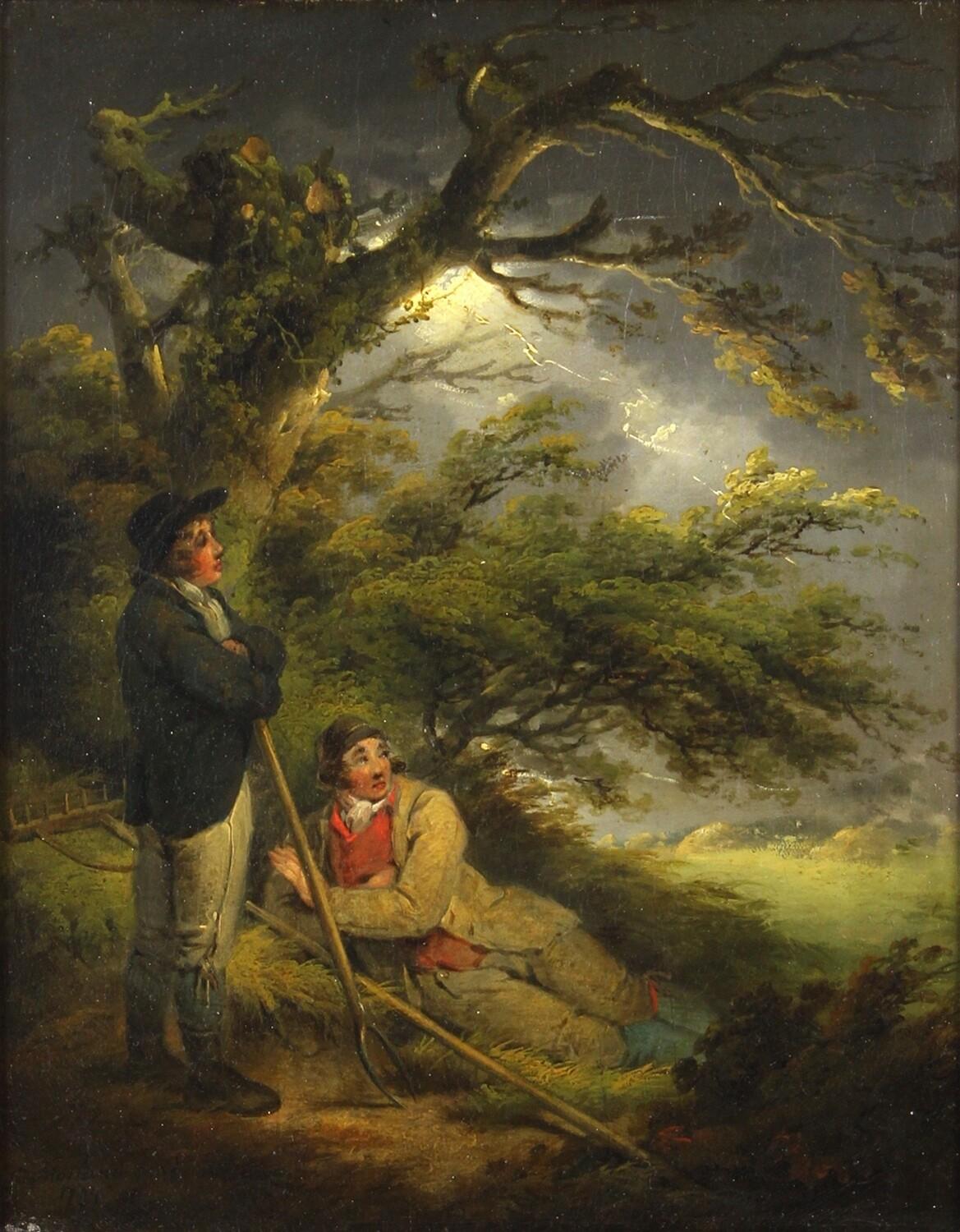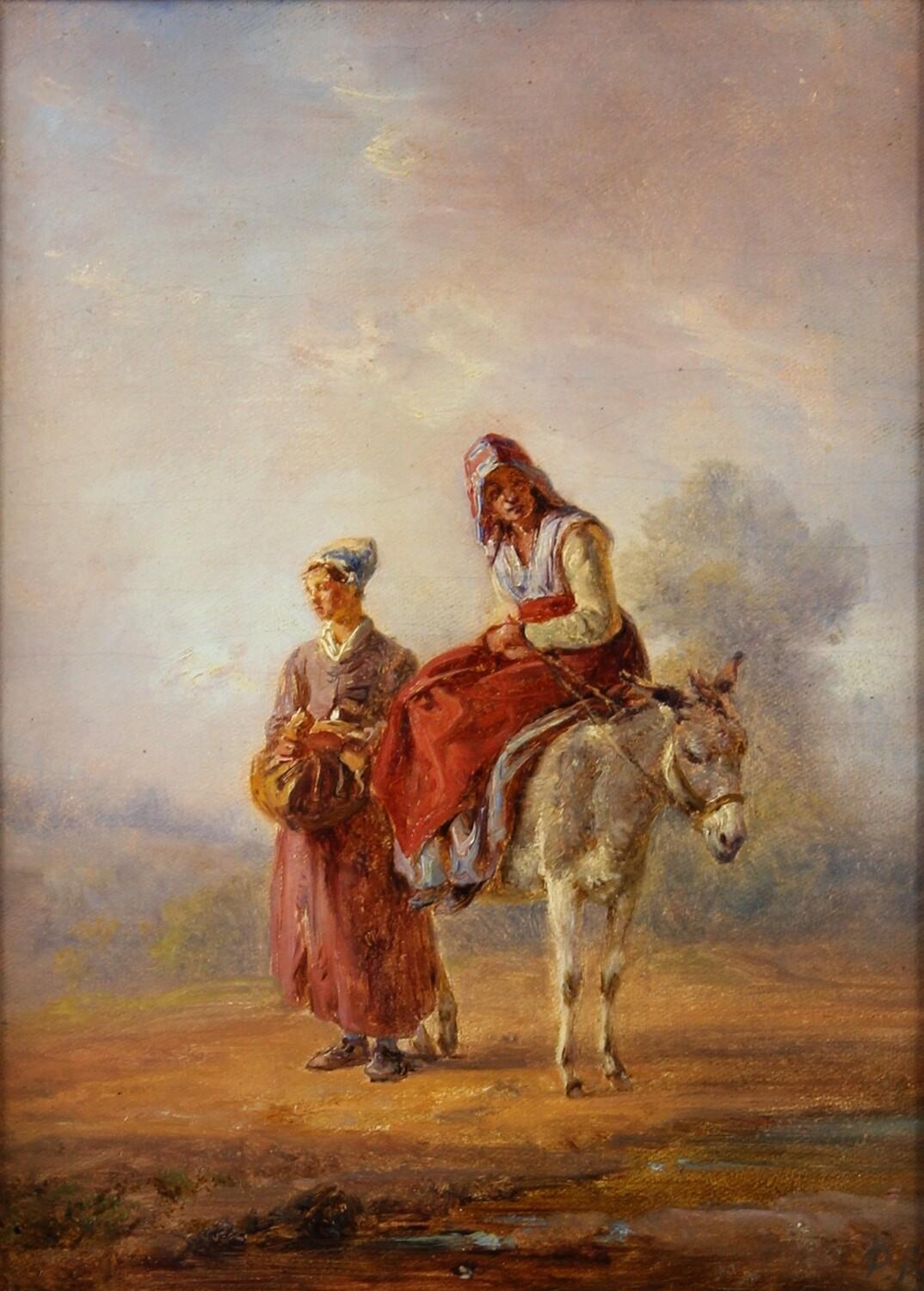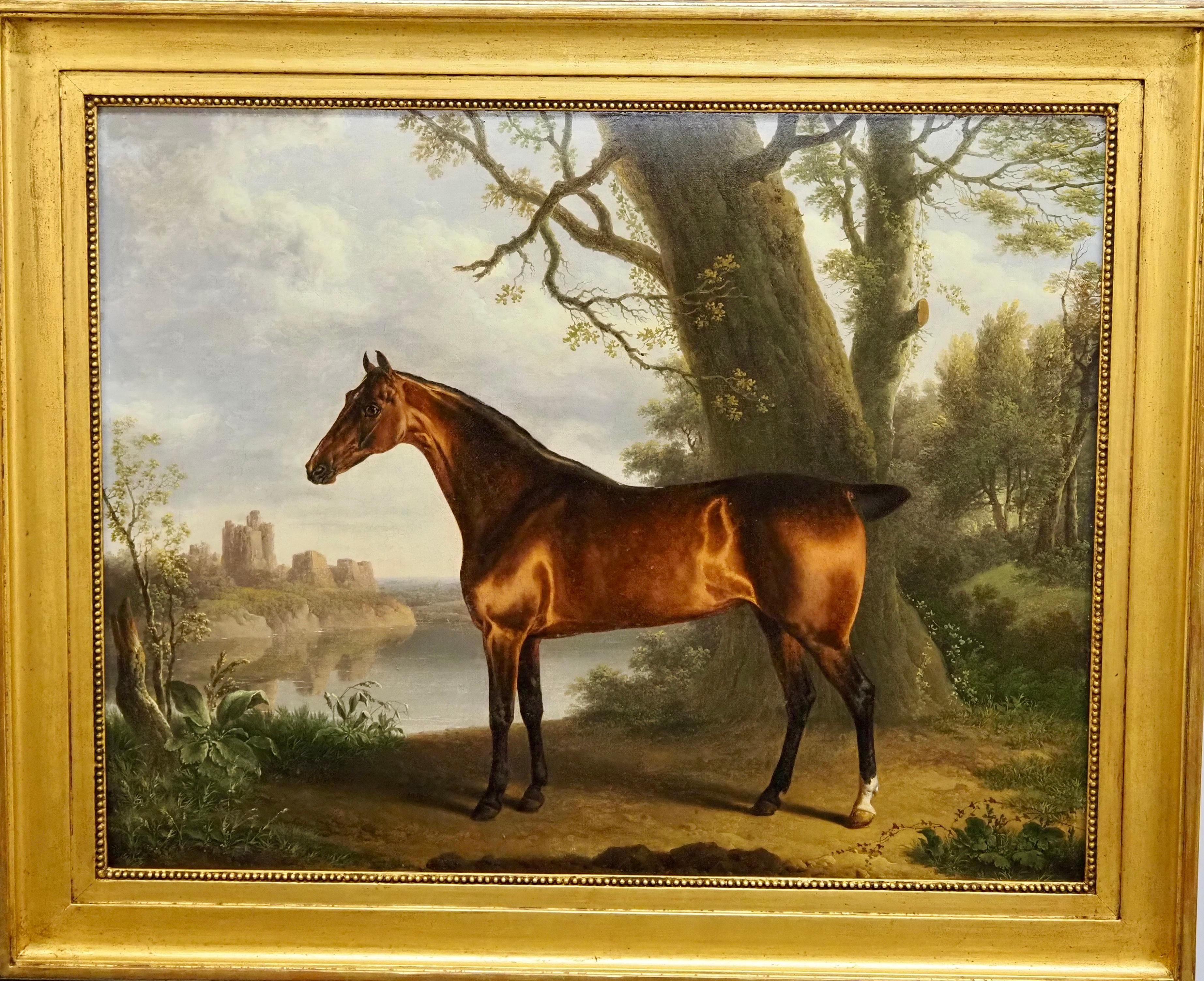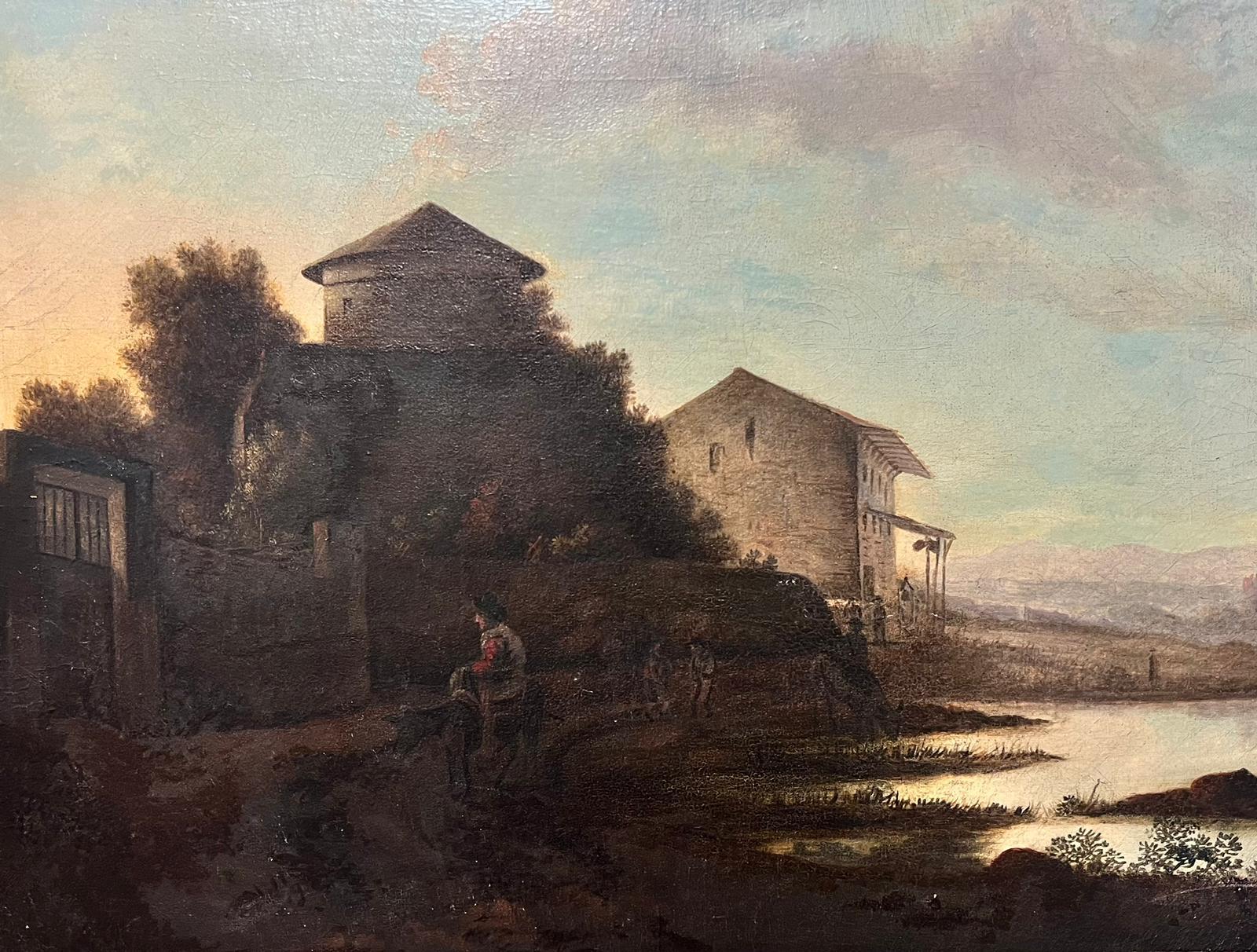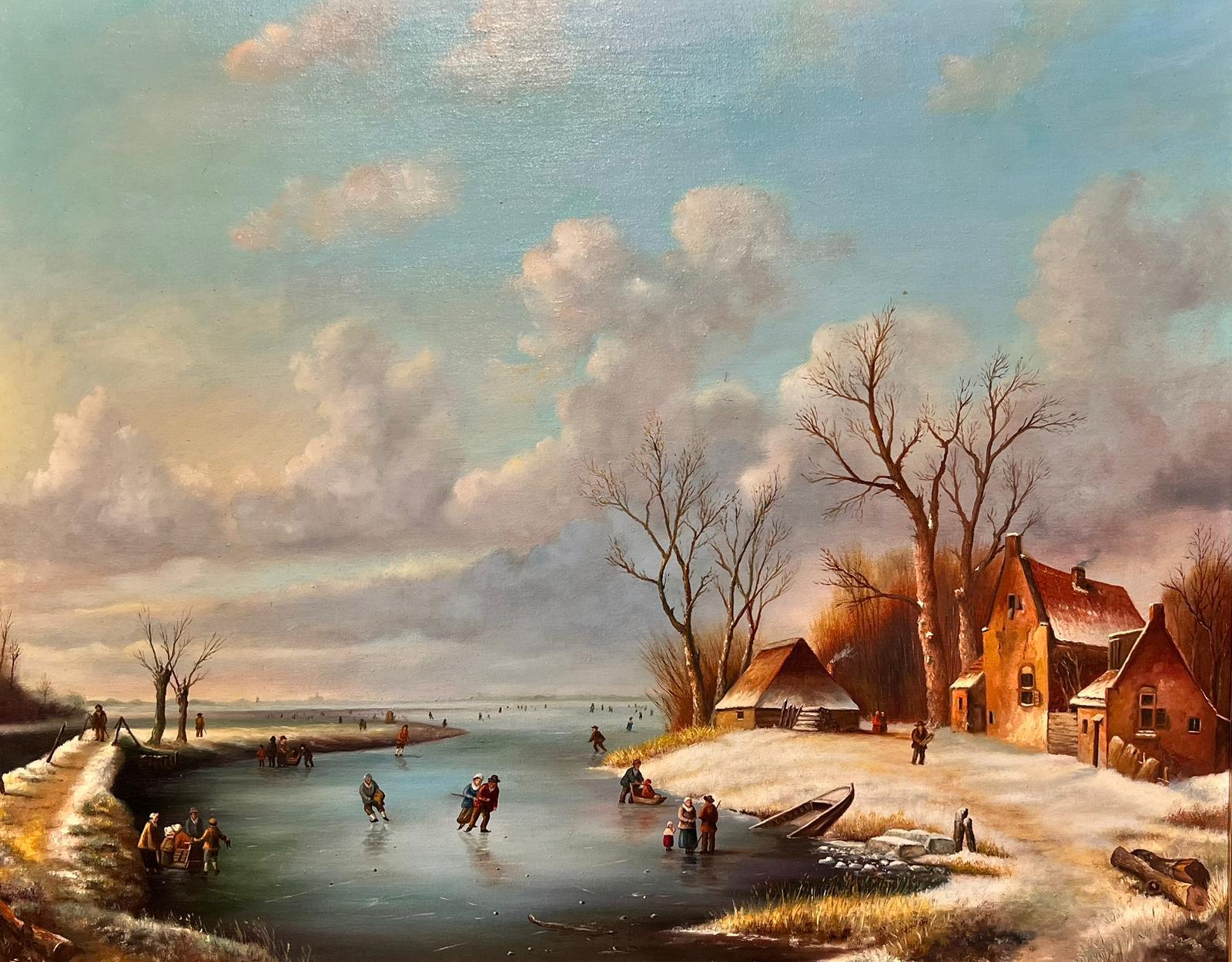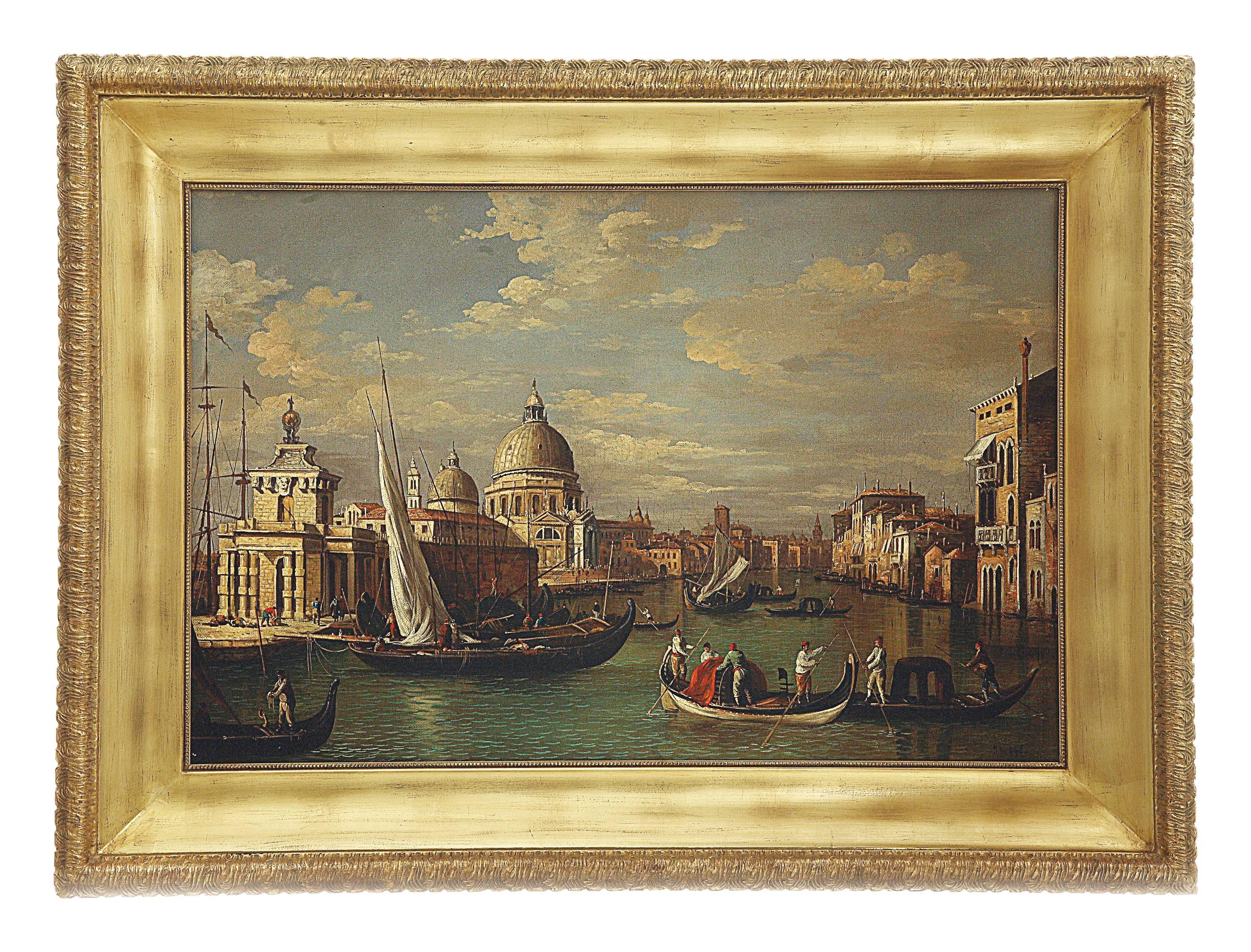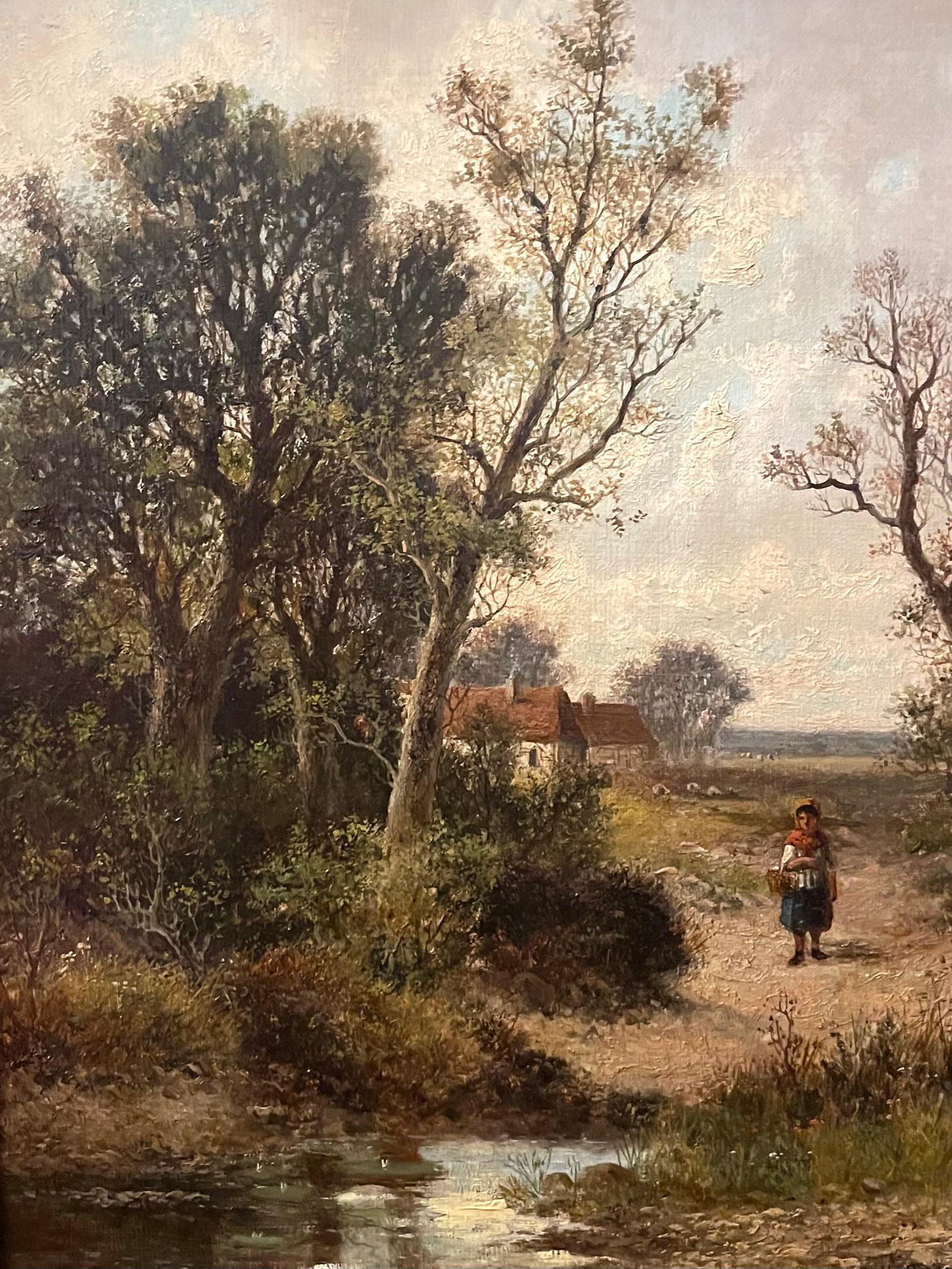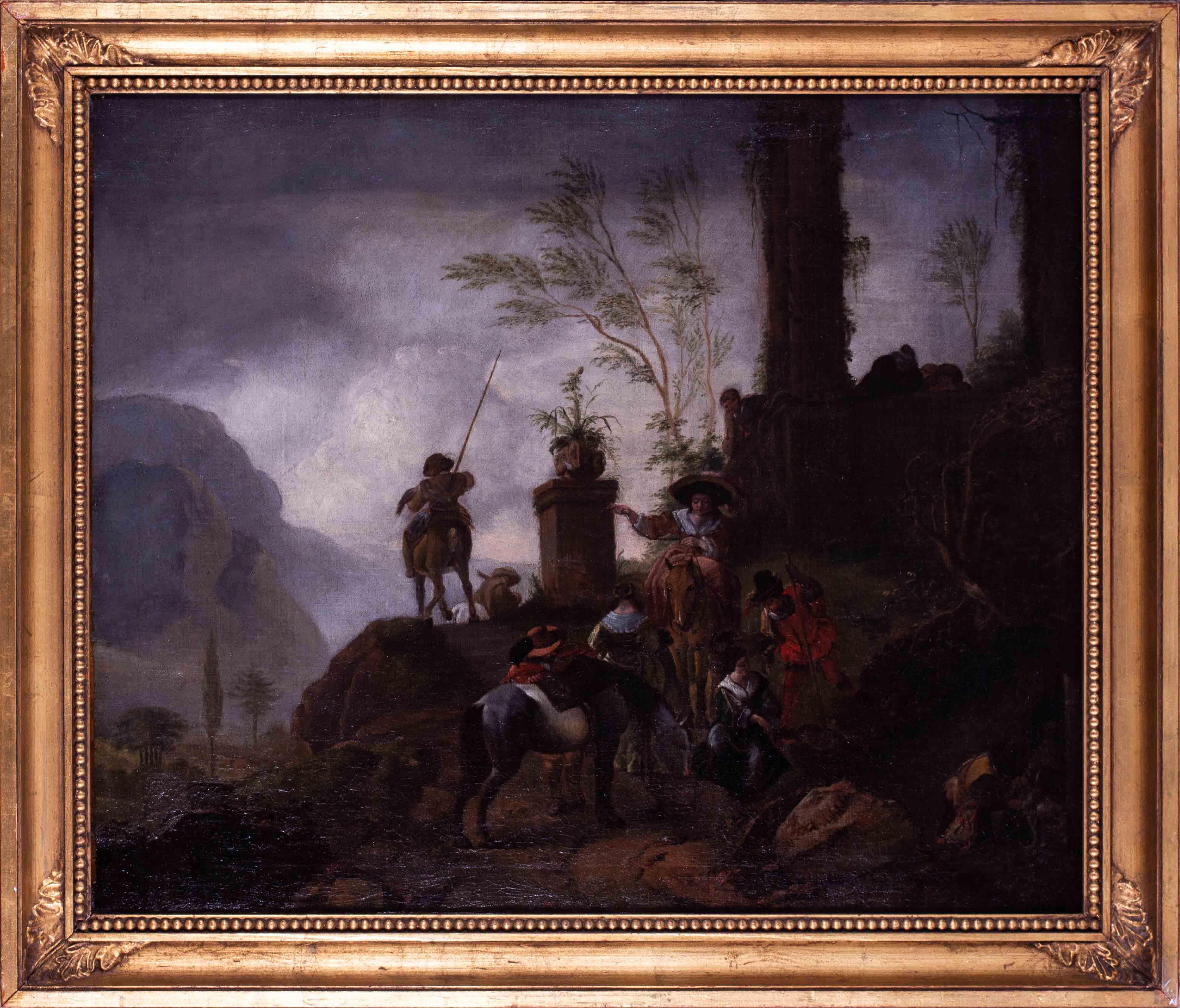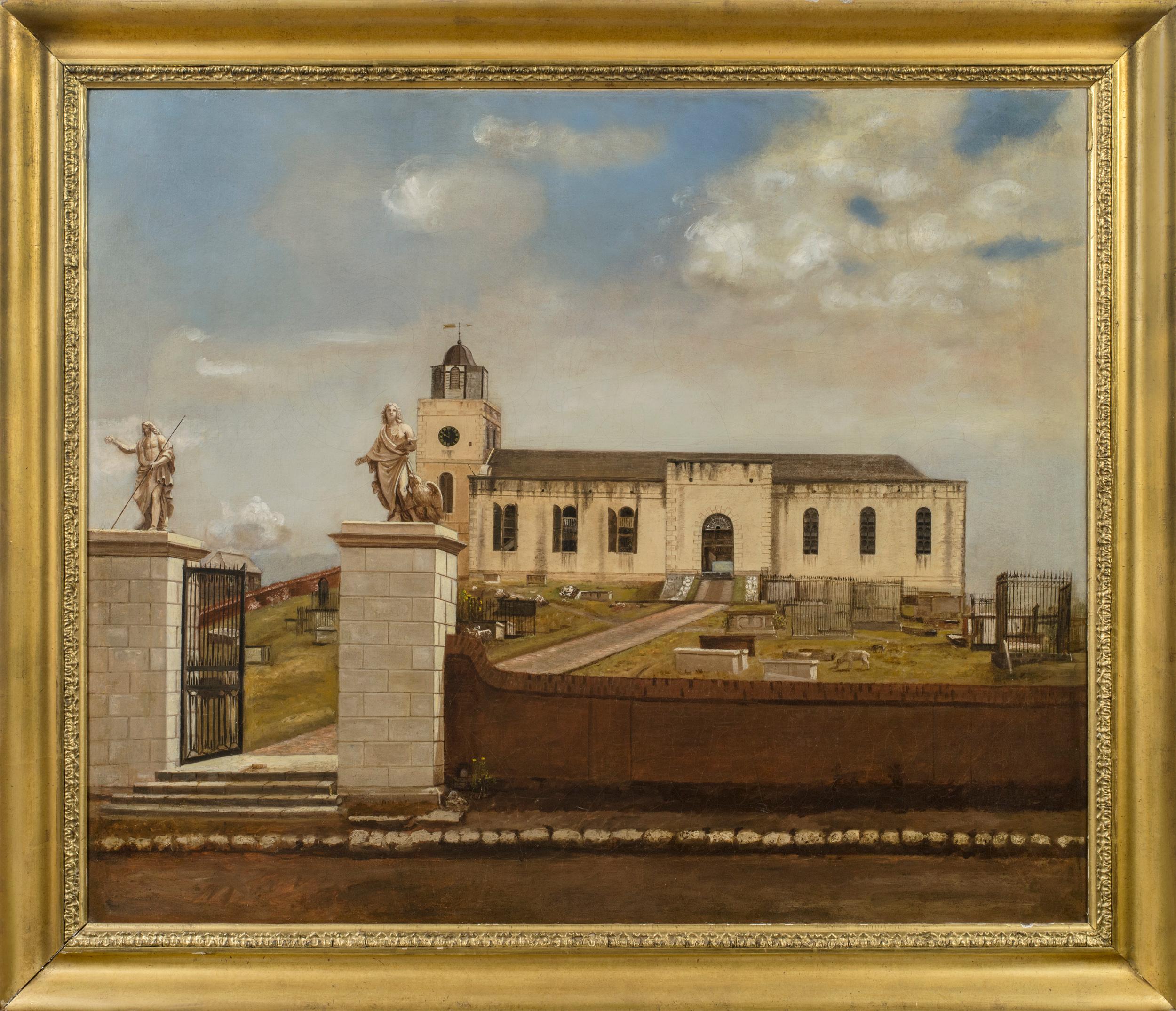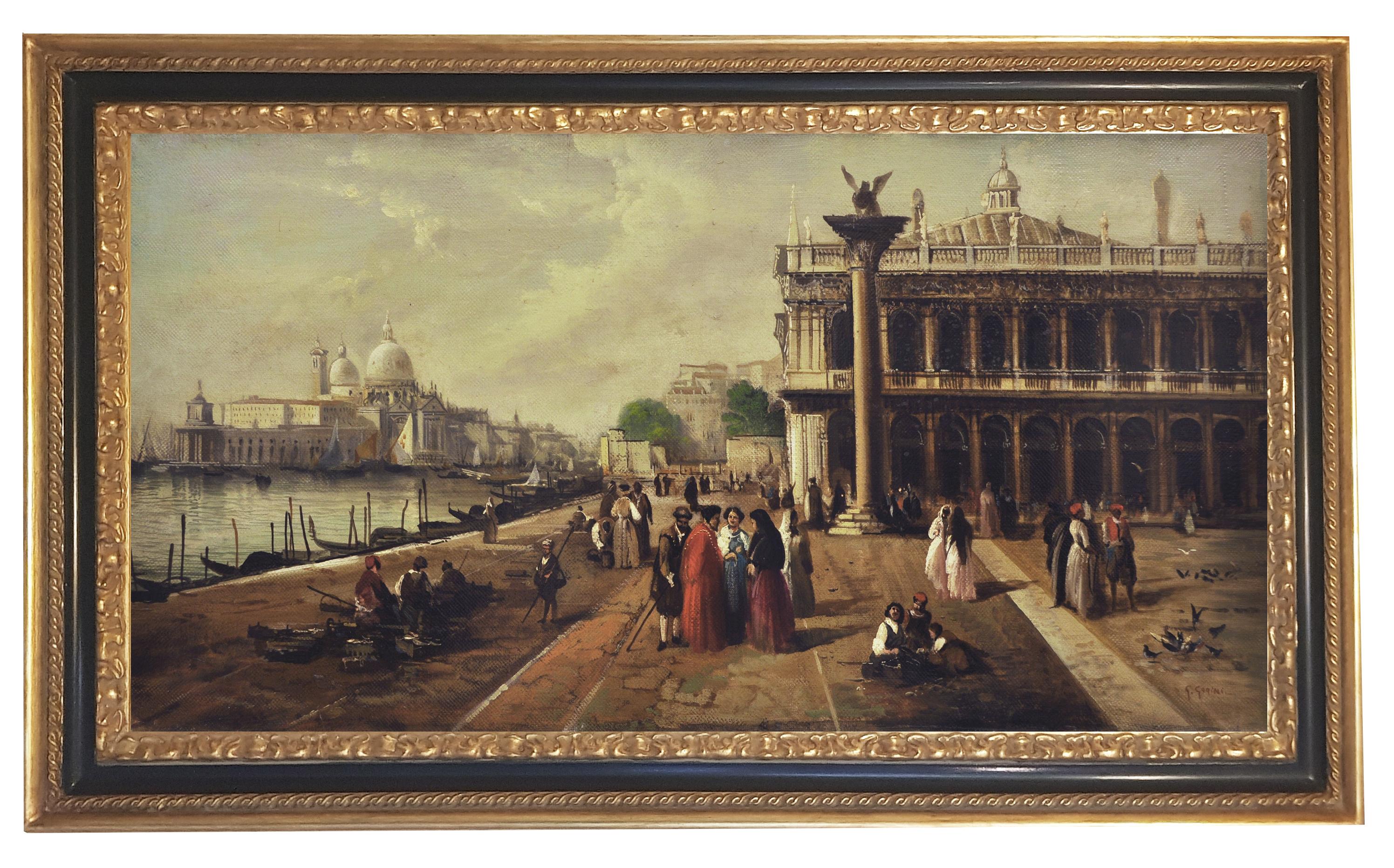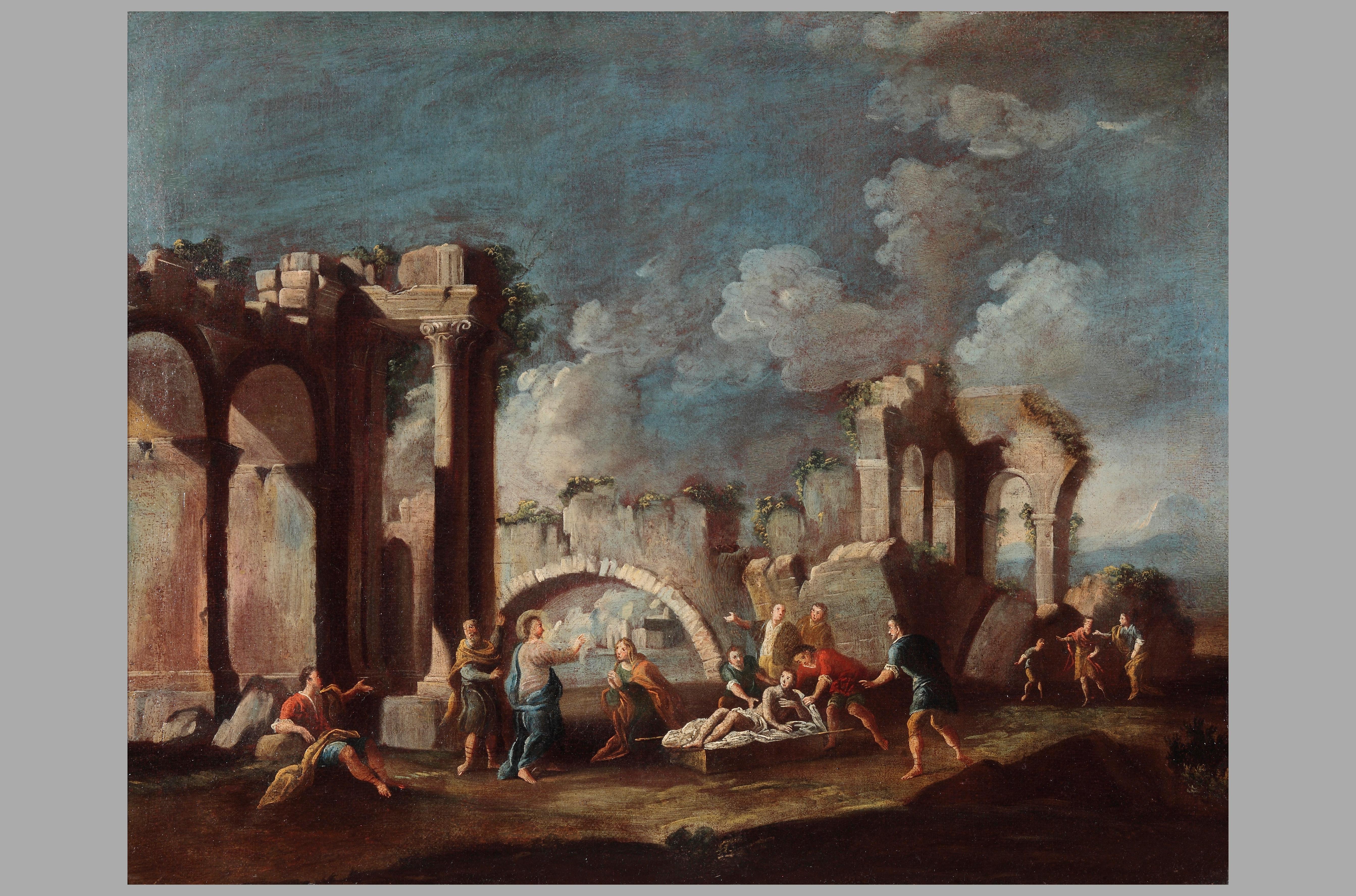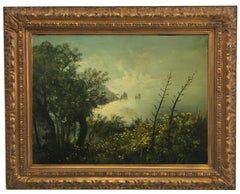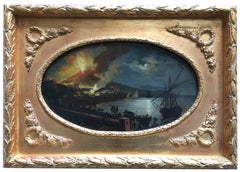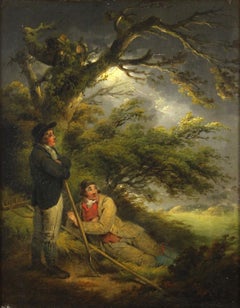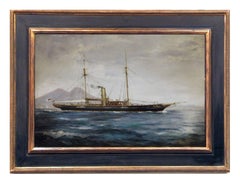
SHIP IN THE GULF
Want more images or videos?
Request additional images or videos from the seller
1 of 5
John StevensSHIP IN THE GULF2009
2009
About the Item
- Creator:John Stevens (1941 - 1868, Italian)
- Creation Year:2009
- Dimensions:Height: 23.63 in (60 cm)Width: 35.44 in (90 cm)
- Medium:
- Movement & Style:
- Period:
- Condition:
- Gallery Location:Napoli, IT
- Reference Number:1stDibs: LU56831986013
About the Seller
4.8
Vetted Seller
These experienced sellers undergo a comprehensive evaluation by our team of in-house experts.
1stDibs seller since 2017
147 sales on 1stDibs
Typical response time: 1 to 2 days
More From This SellerView All
- VIEW OF CAPRI -Posillipo School - Italain Landscape Oil on Canvas PaintingBy Francesco D'AngioloLocated in Napoli, ITView of Capri - Francesco D'Angiolo Italia 2004 - Oil on canvas cm. 60x80 Gold leaf gilded wooden frame available on request.Category
Early 2000s Old Masters Landscape Paintings
MaterialsCanvas, Oil
- COUNTRY LANDSCAPE - Italian School - Italian Oil on Canvas PaintingBy Emilio PergolaLocated in Napoli, ITCountry Landscape - Emilio Pergola Italia 2005 - Oil on canvas cm.80x120. Gold leaf gilded wooden frame available on request This oil on canvas painting depicts a pastoral scene. T...Category
Early 2000s Old Masters Landscape Paintings
MaterialsCanvas, Oil
- NAPLES - Posillipo School - Italian Landscape Oil on Canvas PaintingBy Ettore FerranteLocated in Napoli, ITNAPLES - Oil on oval canvas cm.30x50 by Ettore Ferrante, Italy 2003. Gold leaf gilded wooden frame cm.48x68 available on request Ettore Ferrante is a refined and excellent landscape ...Category
21st Century and Contemporary Old Masters Landscape Paintings
MaterialsCanvas, Oil
- VENICE -In the Manner of Canaletto- Italian Landscape Oil on Canvas PaintingBy Mario De AngeliLocated in Napoli, ITVenice - Mario De Angeli - Italia 2009 - Oil on canvas cm. 80x120. Gold leaf gilded wooden frame ext. mis. cm.100x140 Mario De Angeli's canvas is an extraordinary work of Italian l...Category
Early 2000s Old Masters Landscape Paintings
MaterialsGold Leaf
- VENICE - In the Manner of Canaletto -Italian Landscape Oil on Canvas PaintingBy Mario De AngeliLocated in Napoli, ITVenice - Mario De Angeli - Italia 2006 - Oil on canvas cm. 70x90. Mario De Angeli's canvas is an extraordinary work of Italian landscape painting. They are inspired by the landscap...Category
Early 2000s Old Masters Landscape Paintings
MaterialsCanvas, Oil
- NAPLES - Posillipo School -Italian Landscape Oil on Canvas PaintingsBy Ettore FerranteLocated in Napoli, ITNaples - Ettore Ferrante - Italia 2006 - Oil on canvas cm.30x80. Frame available on request from our workshop. Ettore Ferrante is a refined and excellent view painter of the past. ...Category
Early 2000s Old Masters Landscape Paintings
MaterialsOil, Canvas
You May Also Like
- Late 18th century Antique English Moonlight over a lake and church landscapeBy Henry PetherLocated in Woodbury, CTHenry Pether, late 18th-century Moonlight lake Landscape. Born into a family of artists, Henry was the son of Abraham Pether (1756-1812), a talented la...Category
1790s Old Masters Landscape Paintings
MaterialsCanvas, Oil
Henry PetherLate 18th century Antique English Moonlight over a lake and church landscape, circa 1790$14,800 Sale Price20% OffFree Shipping - Sheltering from the storm - Romantic landscape illuminated by lightning bolt -By George MorlandLocated in Berlin, DEGeorge Morland (1763 London - 1804 Brighton). Sheltering from the Storm. Oil on canvas, relined, 37.5 x 29.5 cm (visible size), 53.5 x 45.5 cm (frame), signed and dated at lower left...Category
1790s Old Masters Landscape Paintings
MaterialsCanvas, Oil
- Two countrywomen with a donkey - Melancholy in an atmosphere of colour -Located in Berlin, DEPierre Louis De La Rive (1753 Geneva - 1817 Geneva). Two countrywomen with a donkey. Oil on canvas, mounted, 27 x 20 cm (visible size), 37 x 31 (frame), monogrammed "P.R." at lower right. About the artwork De La Rive has taken the typical scenes of Dutch landscape genre paintings...Category
1790s Old Masters Figurative Paintings
MaterialsCanvas, Oil
$2,981 Sale Price20% OffFree Shipping - A bay hunter in a landscapeBy Charles TowneLocated in Stoke, HampshireCharles Towne (1763-1840) A bay hunter in a landscape signed and dated 'Charles Towne Pinxit 1816' lower left Oil on canvas Painting Size - 20 x 26 Framed Size - 25 x 31 in Provena...Category
Early 19th Century Old Masters Landscape Paintings
MaterialsOil, Canvas
- Antique Dutch Oil Painting Figures at Sunset by Coastal Estuary with BuildingsLocated in Cirencester, GloucestershireA River Landscape With A Figure On A Donkey 1800's Dutch School oil painting on canvas, framed framed: 21 x 27 inches canvas: 18 x 24 inches provenance: private collection, England ...Category
Early 19th Century Old Masters Landscape Paintings
MaterialsCanvas, Oil
- Classical Dutch Winter Village Scene Ice Skating on Lake Signed Oil PaintingLocated in Cirencester, GloucestershireWinter Scene signed by Aubrey Ward (British 20th century), after Hermanus Klombeck oil on canvas, framed dated 1976 framed: 26 x 32 inches canvas: 22 x 28 inches provenance: private...Category
Mid-20th Century Old Masters Landscape Paintings
MaterialsCanvas, Oil
